Bob received a call from the dispatcher who said that a small retail store that used a heat pump was without heat. Bob called the store owner and told him to switch to emergency heat until he could get there. Bob had to finish a job that he was on before he could go to the store and the weather was cold.
Bob finished his call and drove over to the store with the problem. He entered the store and found the owner in the stock room. The heat pump indoor coil was also located in the stock room. Bob asked the owner, "What seems to be the problem?"

Bob explained, "A heat pump is made up of two heating systems. The actual heat pump uses the outdoor unit to absorb heat from the outside air and is very efficient (Figure 1). For every watt of electricity it consumes, it pumps up to 3 watts of heat into the store. It can accomplish this efficiency by absorbing heat from the outside air. When it begins to get very cold, for example below about 35°, the heat pump's efficiency begins to reduce and it needs auxiliary heat. The auxiliary heat for this system is an electric furnace that assists the heat pump in cold weather. When the electric furnace has input of 1 watt, it puts out 1 watt of heat. It only runs when the heat pump can't hold the store temperature at the set point. From that explanation, you can see that you do not want to run the electric heat any longer than you have to.
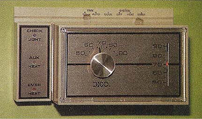
Bob said that he would get started right away and get to the bottom of the problem.
Bob went to the air handler and checked the filters; they were clean. He then went to the room thermostat and set it to regular heat where the heat pump would run.
He went to the door leading from the store room to the back of the store where the heat pump outdoor unit was located. When he opened the door, he really got a surprise. There was no outdoor unit. He called to the store owner to take a look. They went outside and, where the unit used to be located, there was the base for the unit, but no unit. The store owner said, "It looks like someone took an ax and just cut the pipes off."
Bob said, "They turned off the power and cut it loose. I guess they just set it in the back of a pickup truck and off they went."
The owner said, "I have read where copper is priced so high now that people are stealing units just for the copper."
Bob went back inside and turned the thermostat back to emergency heat. Split system heat pumps have two power supplies, one for the outdoor unit and one for the indoor unit which contains the control circuit. This is why the system would still operate without the outdoor unit. This was going to take a while.
About this time, Btu Buddy appeared and asked Bob, "Now what?"
Bob said, "I am not sure where to start. I know that we will need a new outdoor unit. I will need to match it to the indoor unit. I guess I should begin to take down the model number of the indoor unit."
Btu Buddy remarked, "This unit looks to be at least 10 years old, if not more. It is probably less than a 10 SEER unit. You will have to replace the indoor unit as well as the outdoor unit to bring it up to the new 13 SEER standard. You'd better explain this to the owner. Insurance will pay for at least part of it, but the owner will have to pay for part of this, too. I would suggest that the owner call his insurance adjuster and get some advice."
Bob went to the owner and explained the situation to him. The owner called the police and the insurance adjuster to get things started.
As Bob was looking over the job, Btu Buddy asked, "How do you think you can prevent this from happening again?"
Bob said, "I hadn't even thought about that. I wonder if a chain link fence would help?"
Btu Buddy said, "That would make them have to go through one more step; they would have to break the lock. You may want to consider moving the unit to the roof of the store. It would make more noise inside, but it would be over the storeroom. The electrical and piping would have to be rerouted to the roof. When you give the owner a proposal, you should show it both ways."
Bob gathered the information, went to the office, and let the sales force work up proposals for an installation on the roof and behind a fence. He went back to the store and explained it to the owner.
The owner decided that he liked the idea of a fence better because it would not involve the roof. He explained, "I have had roof problems before. I would rather stay away from the roof. Service would also be easier behind a fence. I will explore getting an alarm system that connects to the unit so that when it is serviced, you will have to shut off the alarm. The lock and an alarm going off may be enough to stop another incident. It is a shame that someone will only make a few dollars on the copper sold and it will cost several thousand to replace the system."
Bob said to the owner, "I will get the wheels turning on this and get it started."
As they were riding away, Btu Buddy said, "Bob, you really handled that like a professional. Good job."
Bob then said, "I really like the idea of creating good customers. You have proven to me that getting and keeping a loyal customer is one of the real secrets to being a professional service technician. Thanks for your help."
Publication date: 11/27/2006


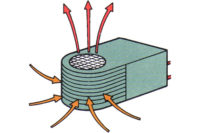
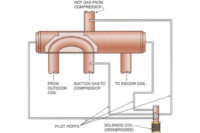
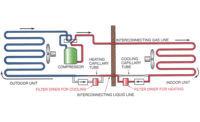
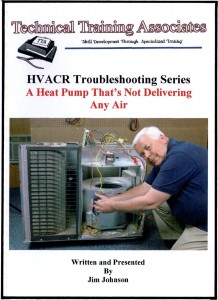
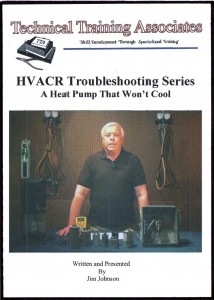

Report Abusive Comment